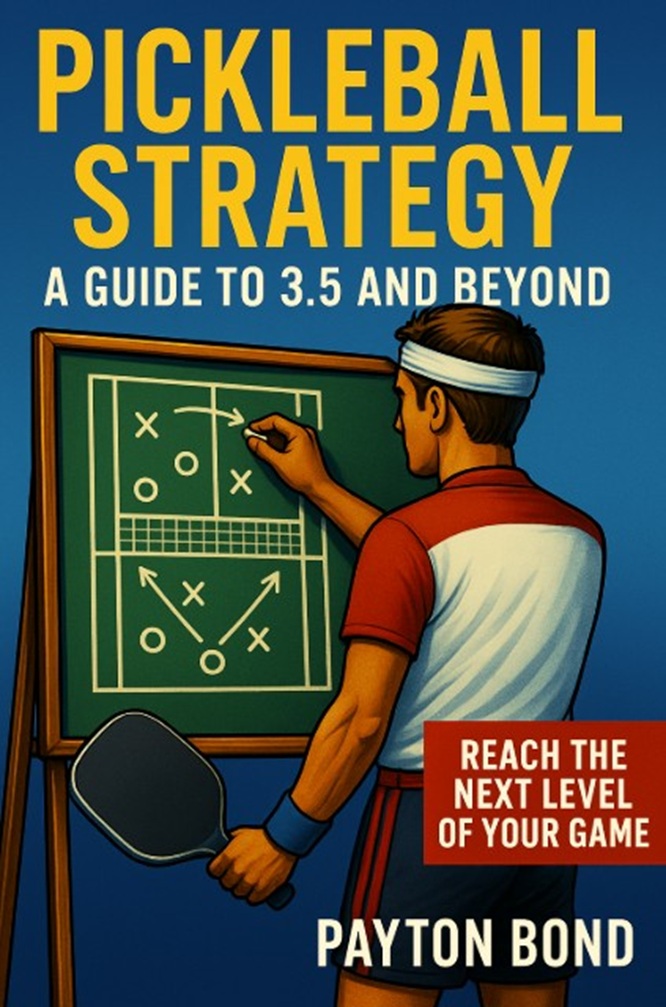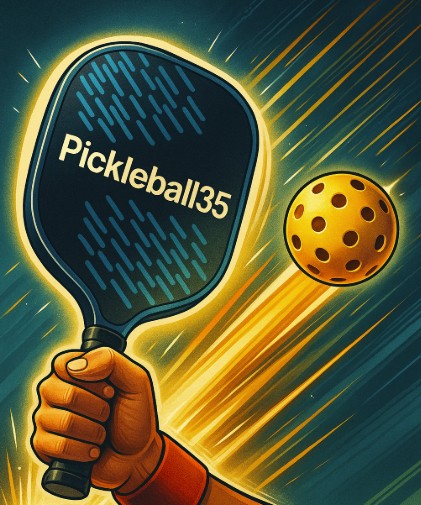
Gripping your pickleball paddle correctly is a fundamental part of the game that you must understand to effectively hit different shots.
Gripping the Paddle – Paddle Bevels
When discussing how to hold a paddle, the paddle handle bevels are used to describe positioning of your hand. If you are looking at the bottom of the paddle handle straight on here are the different bevels (edges) of the paddle handle.
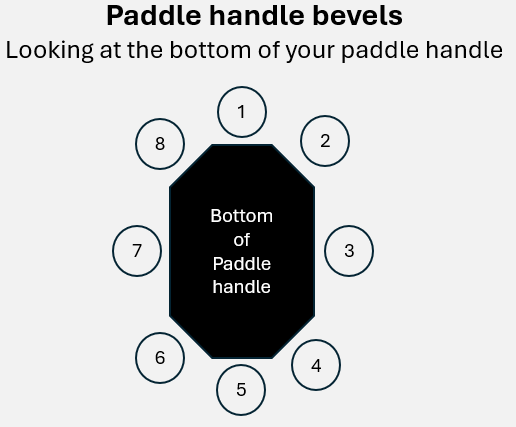
There are many variations in how you can grip your pickleball paddle. The most common grips are the Continental and the Eastern Forehand grip. As you advance your game you should experiment with other grips, and you may use different grips for different shots in real time.
This section will give you the basics of 2 common grips, there are many on-line references for other grips, their benefits and use.
Pickleball Continental Grip
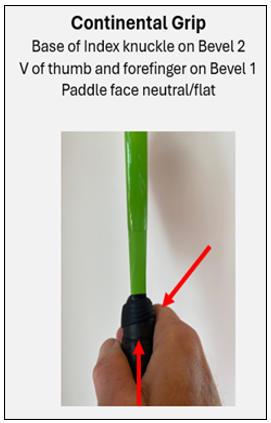
Hold the paddle as if you were shaking hands with it.
The base knuckle of your index finger should be placed on the second bevel of the paddle handle (the bevel directly to the right of the top flat edge for right-handed players).
The V-shape formed by your thumb and index finger should be pointing towards the top edge (bevel 1) of the paddle handle.
Advantages:
- Can be used for both forehand and backhand shots without changing grip, making it ideal for quick reactions and transitions.
- Provides excellent control over the ball, helping with precise placement.
- Allows for easy generation of spin on the ball, which is useful for different types of shots.
Disadvantages:
May not provide as much power on forehand shots compared to other grips like the Eastern Forehand Grip.
Pickleball Eastern Grip
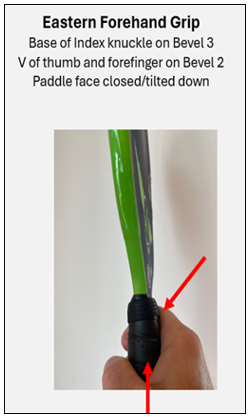
This grip is also like a handshake grip but with the paddle face slightly closed. A closed paddle face in pickleball refers to the angle of the paddle where the hitting surface is tilted downward. A closed paddle face helps to keep the ball low and adds power to the shot. The base knuckle of your index finger should be placed on the 3rd bevel of the paddle handle. For right-handed players, this is the flat bevel just to the right of the second bevel (where the Continental Grip is positioned). The V-shape formed by your thumb and index finger should be pointing towards the top-right bevel (bevel 2).
Advantages:
- Offers a strong balance of power and control, which is beneficial for executing consistent and powerful forehand shots.
- Feels natural and comfortable for most players, making it easy to adopt and maintain.
- Facilitates effective topspin generation, which can add a strategic advantage to forehand shots.
Disadvantages:
Less versatile than the continental grip, especially for quick net play and reaction shots.
Not ideal for backhand shots, often requiring a grip change for optimal performance.
Switching Grips
Players often switch grips during a pickleball game to optimize their performance for different types of shots. Switching grips allows players to adapt their paddle position and angle, enhancing their control, power, and precision. Here are a couple of examples:
Example 1: Switching from Continental to Eastern Grip to execute a Topspin Drive
- You are at the baseline and receive a deep shot to your forehand side.
- You switch from the Continental Grip to the Eastern Forehand Grip.
- The Eastern Forehand Grip provides more power and topspin for groundstrokes, allowing you to hit a deep, powerful forehand shot that can keep your opponent on the defensive.
Example 2: Switching from Eastern to Continental Grip while at the Net
- You are at the net and ready to volley.
- You switch from the Eastern Forehand Grip to the Continental Grip.
- The Continental Grip is versatile and allows for quick transitions between forehand and backhand volleys. This grip is ideal for net play, where you need to react quickly and execute a variety of shots, including volleys and dinks.
Benefits of Switching Grips
- Switching grips allows players to adapt to different situations and shot requirements during a game.
- Different grips are optimized for different types of shots. For example, the Eastern Forehand Grip is great for powerful forehands, while the Continental Grip is versatile and useful for volleys and serves.
- By using the appropriate grip for each shot, players can improve their control, power, and accuracy, leading to better overall performance on the court.
Summary
By mastering the ability to switch grips during a game, players can enhance their versatility and effectiveness on the court, adapting to different shots and situations with ease.
Check out Payton Bonds new eBook!
Pickleball Strategy – A Guide to 3.5 and Beyond
See it on Amazon.

👤 Follow Payton Bond
All Star and Top Contributor on multiple Facebook Pickleball Forums.
Contributor at TheKitchenPickle.com.
Visit Payton Bonds Facebook Page

